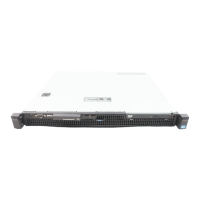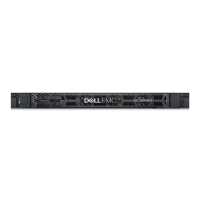Table 5. System setup options—Processor Settings menu (continued)
Processor Settings
Microcode Displays the Microcode of the system.
Processor 2
Family-Model-Stepping Displays the processor Family-Model-Stepping of the system.
Brand Displays the processor Brand of the system.
Level 2 Cache Displays the Level 2 cache of the system.
Level 3 Cache Displays the Level 3 cache of the system.
Number of Cores Displays the Number of Cores of the system.
Microcode Displays the Microcode of the system.
Table 6. System setup options—SATA Settings menu
SATA Settings
Embedded SATA Displays RAID Mode as default.
Security Freeze Lock By default, the option is Disabled.
Write Cache By default, the option is Disabled.
Port A By default, the option is Auto
Port B By default, the option is Auto
Port C By default, the option is Auto
Port D By default, the option is Auto
Port E By default, the option is Auto
Port F By default, the option is Auto
Port G By default, the option is Auto
Port H By default, the option is Auto
Table 7. System setup options—NVMe Settings menu
NVMe Settings
BIOS NVMe Driver Displays the BIOS NVMe driver.
By default, the All Drives option is selected.
VMD Mode Enables or disable the VMD Mode.
By default, the Enabled option is selected.
Table 8. System setup options—Boot Settings menu
Boot Settings
Boot Mode Displays the type of Boot mode of the system.
By default, the UEFI option is selected.
Boot Sequence Retry Enables or disable the Boot Sequence Retry.
By default, the Enabled option is selected.
Hard-Disk Failover Enables or disable the Hard-Disk Failover .
By default, the Disabled option is selected.
Generic USB Boot Enables or disable the Generic USB Boot.
By default, the Disabled option is selected.
BIOS setup 89

